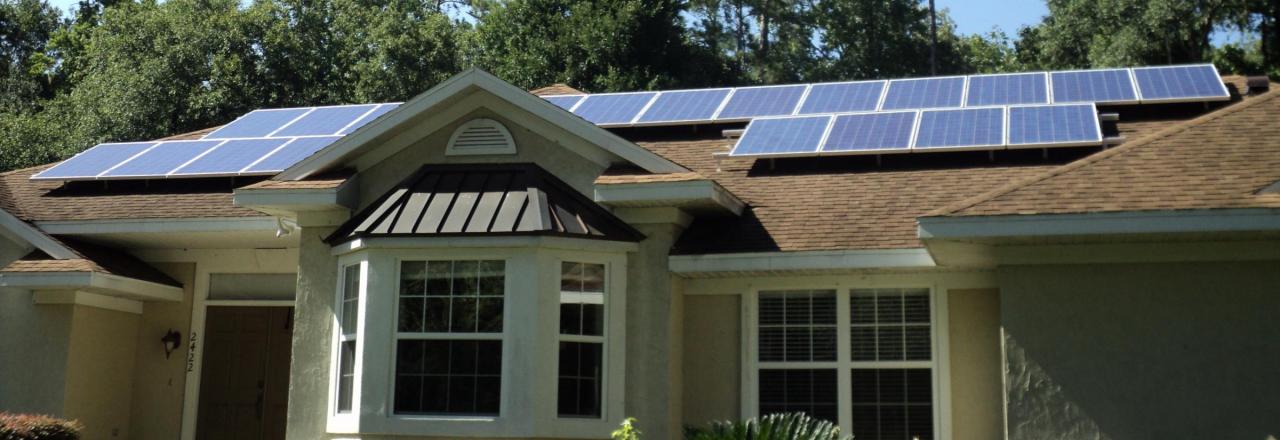
Homeowners can control their electricity costs by going solar instead of being at the mercy of rising utility rates. Through the end of 2021, going solar is more affordable, thanks to the solar tax credit, also called the Federal Investment Tax Credit (ITC). Under the current law, the federal solar tax credit will remain at 30 percent through the end of 2019 on the costs of your solar installation. After that, the tax incentive will drop down to 26% for 2020, 22% for 2021 and zero after 2022 for residential solar.
Are you eligible for the solar tax credit?
To qualify for the tax credit, you must meet all of the following requirements:
You must own your home
Your federal tax liability must be sufficient to qualify for the credit.
You must own your solar panels (solar lease does not qualify).
It is important to understand that the tax credit is not a rebate. The tax credit offsets the balance of the tax due to the federal government. Anyone who does not pay federal income taxes will not be able to benefit from the tax credit. If you’re on a fixed income, retired or only worked part of the year, you may not pay enough taxes to take full advantage of this credit in one year.
If you do pay sufficient taxes to take advantage of the credit in the year you finance or purchase your solar energy system, then the credit can be applied to pay off the taxes paid.
*It is important to note, we’re solar people, not tax professionals. We do not give tax advice. Anything you read on this page is merely an example and may not be appropriate for your unique financial situation. Not everyone will be eligible, so please consult a tax professional before filing your solar federal tax credit.

FacebooktwitterLinkedin